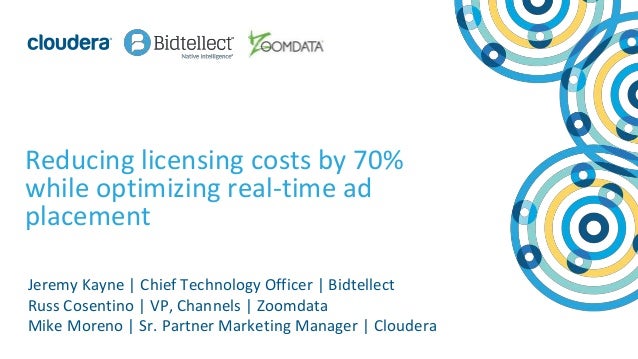

So, does Nigella Lawson have one? “I’m not that organised,”’ she says. Unsurprisingly, lots of the collections I studied include contributions from some of our biggest name writers, slumming it in periodicals. “And there’s a Yorkshire curd tart recipe from my late sister written in her own hand, and that’s very important.”ĭoes everybody really have one of these? No, not quite. “There’s a lemon drizzle cake in there that I did many times when the kids were small and it reminds me of their childhood,” she says. She admits she cooks few of them, but they do still tell her story. “If a recipe doesn’t get cooked enough, it gets pulled.” It’s a serious business.Ī few years ago, a close friend, Sarah, paid her daughter to stick all of hers into a ring-bound album. At the other end of the scale is an extraordinarily organised friend in the food world who has multiple ring-bound volumes of laminated pages. Instead, like the Florence George volume, it’s simply stuffed with loose folded pieces of paper: a torn page of Nigella Lawson here, a handwritten description from her mum there. Except they’ve never quite got round to sticking anything into it. My neighbours have a hardback notebook embossed with the word “Recipes” clearly designed for the purpose. That’s pretty much a woman’s whole life measured out in these dishes.”
#LISENSING COST FOR ISCRAPBOOK FULL#
“But better than that, it was stuffed full of recipes cut from newspapers and magazines dating from 1907 to the 1950s, collected by a previous owner. After that, when paper becomes cheaper, you start to see them being cut out from newspapers and magazines.”Ī few years ago, she found a volume by the 19th-century cookbook writer Florence A George on a Cambridge market stall. “They would still have been other peoples’ recipes,” Gray says, “Just not necessarily with attribution. Until the end of the 19th century, when the cost of paper dropped significantly, they were mostly hand-written volumes. The food historian Dr Annie Gray describes these collections as a “sublime and fascinating form of biography”, which go back as long “as people have been writing things down”. ‘An unplanned collage of a good life, measured out in ingredients, volumes and oven temperatures.’ Illustration: Luke Best/The Observer

It’s a glorious mess of unsweetened chestnut purée, Parma ham, marjoram, sausage meat and onions cooked down in sherry. Then there’s the discoloured recipe for Italian Celebration Turkey, which I return to often, if only for the stuffing. Witness: cider-glazed chops or peppered ham and tomato risotto or lamb and apricot kebabs. It is aspiration expressed through the medium of scissors and Pritt Stick. “I think I was hoping evening meals might be more exciting,” she says. Other recipes later joined them, cut from magazines, the title of the publication and the name of the writer lost long ago. “I transcribed the first recipes because I was coming to the end of university and was preparing to live alone in London,” she says, though admits this version of herself, deftly cooking intricate meals in her London flat – cauliflower Mexicana anyone? – didn’t quite materialise. It was started by my wife, Pat, more than 30 years ago. Mine is a ballad of tray bakes, crumbles and ways with pasta It is the ballad of traybakes and crumbles, of new and sophisticated ways with pasta and swift things to do with chicken and a bunch of lemons. It is an unplanned collage of a good life, or a feverish attempt at one, measured out in ingredients, volumes and oven temperatures. It is our collection of recipes cut from magazines and newspapers, photocopied from a friend’s book or scribbled down by a relative. It’s the name of the venerable stationery company which manufactured the blue, hardcover A4 notebook within which those ideas for dinner are contained. That’s not a description of how hard the recipes are. Mine has the word “Challenge” embossed on the front. Some readers have owned a few of them.īut as this is the last column in the series, it’s time to look at a collection of recipes almost everyone has.

As a result, week by week, people have discovered that they had the volume I was eulogising on their shelves. They were chosen because they had a serious impact on how we cook and how we eat. They weren’t selected because they offered up 97 clever things to do with a courgette and a spiraliser, or for their novel ways with quinoa. T he cookbooks I’ve written about over the past three months were not included randomly.


 0 kommentar(er)
0 kommentar(er)
